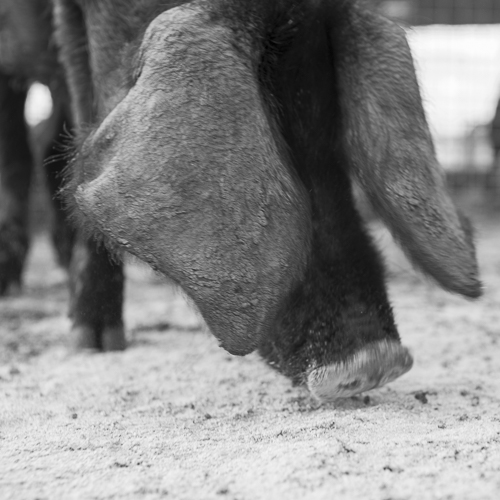Going north on the Via Aurelia, we turned right when we were approaching the village of Talamone, then we passed the hamlet of Fonteblanda and going to the top of a small hill, we came to a group of buildings,. Having passed them, we were met by the owners of the La Scapigliata farm, Aurelia and her husband, who received us warmly. The name of the farm, meaning dishevelled, is derived from the former owner, who called the hair of his daughter scapigliata due to the ever-present wind.
Obviously, the owners of this farm love their work, which besides running the farm, has included restoring farm buildings dating from the 1900s in a skillful and original way. This work has been run by the owner Aurelia, who is an architect. It is striking how the huge building, which houses the restaurant and the spacious kitchen, was originally used for storing forage and hay, agricultural machines together with various products required to run a large cattle farm. She has also overseen the restoration of the barn, which was used to house cattle, The big trusses supporting the wooden roof are clearly visible, thw walls are covered with plaster and painted white, wooden boards cover the floor, all done with exquisite workmanship. Else, the troughs from which the cattle were eating, inclined floors with chutes made by red ceramic tiles and robust pillars supporting the trusses complemented our impression.
Moreover, there is an exhibition of Etruscan jewellery made by two local goldsmiths who tried to make exact copies of originals residing in museums, using only the techniques and tools, which were available to the Etruscans more than 2000 years ago. This prevented the goldsmiths from using any kind of magnifiers and not exceeding a temperature of 400°C, far below the melting point of gold.
Next, we entered the huge building, housing the restaurant and the adjacent, open kitchen where the husband of Aurelia had already started preparing our meal. During the preparation, we were free to follow and even photograph his activities. After some time, lunch was ready and we had the following menu:
- bruschetta with olive oil and garlic
- starter based on sheep’s cheese stored in pomace of Morellino together with various products from the farm
- soup with fresh vegetables and legumes
- pasta with tomatoes and basil
- beef stew
- peach pie
- digestive – Amaro Etrusco
In the tourist season from May to September, guests can also eat outside, weather permitting. In addition, jazz bands perform outside some weekends, making the experience of the guests even better.
We could also visit the following:
- the olive grove which had been harvested as early as September in order to avoid the olive fruit fly , which deposits eggs inside the olives in October. The olive grove consists of various types of olive trees whose olives mature at different times, leading to various degrees of maturation at harvest time.
- the vineyard, which was planted three years ago and has only given a tiny amount of wine for private consumption so far.
- A garden with solanales, legumes, strawberries, vegetables, cucurbita and aromatic herbs. Naturally, some of the produce from the garden is used in the kitchen as ingredients for meals for visitors.
Moreover, black pigs are raised at this farm (a cross between the race Large Black pig, Nero dei Nebrodi from Sicily and the local Nero Amiatino. About 50 adults and about 20 piglets which have been weaned are kept inside separate fences, while the smallest ones are staying with their mothers. The pigs are slaughtered when they are about 2 years old and weighing about 150 kilogrammes.
We also visited a group of adult pigs, which could roam freely inside a wide fence, but they had to stay inside an enclosure from dusk to dawn. Upon arrival, the pigs were hardly visible, but a worker called them, making them approach us after a short time. Mostly, they kept their snouts close to the ground, always searching for food.
It was a great pleasure to visit this farm.

